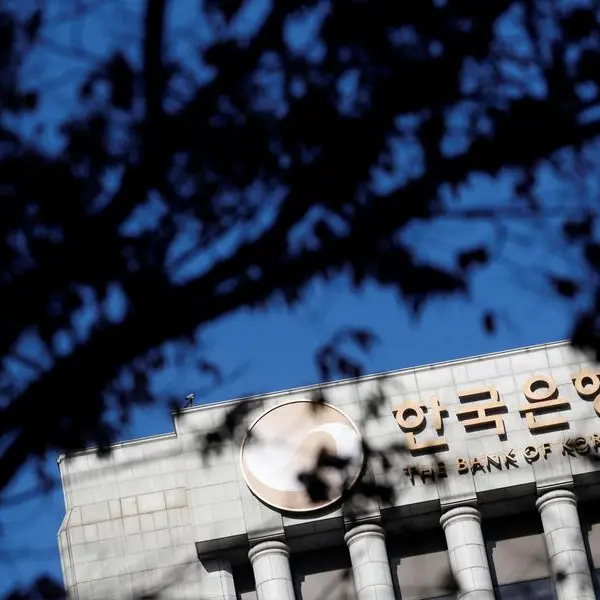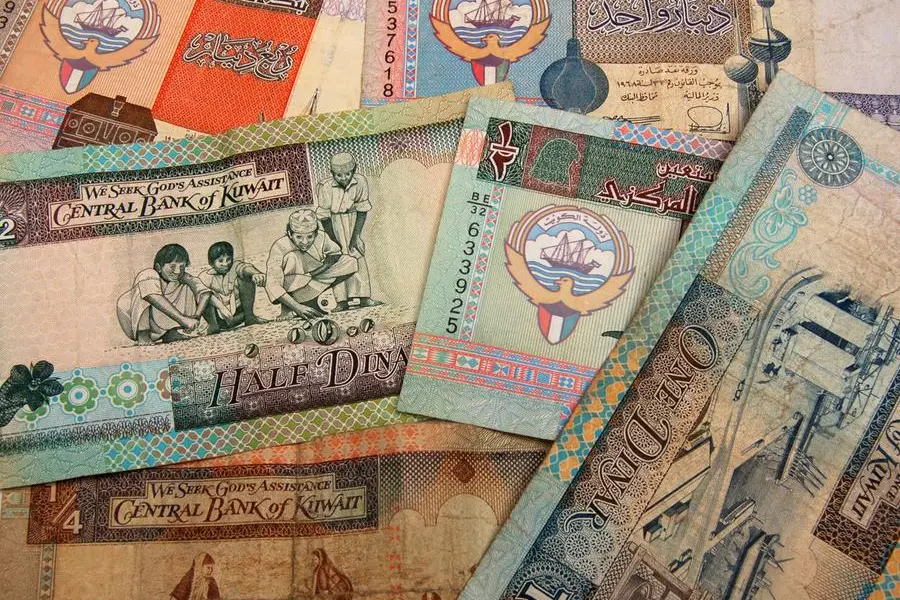DOHA: Food prices remain high worldwide and could escalate further this year, QNB Group warned yesterday.
Food prices are of particular concern to the poorest third of the world population who spend over half of their income on food alone and to several countries in this region that are highly dependent on imports.
According to QNB Group analysts, the trend could impact inflation in the GCC countries as well.
Food prices had eased slightly in the second half of 2012 due to welcome harvests in the southern hemisphere, particularly soy and corn in Brazil.
This, together with a drawdown of stocks has partly offset the impact of lower than expected supply from the drought-stricken US.
The QNB Group said in a statement yesterday that existing concerns include record temperatures in Australia this month, signs that the US drought may persist for another year and low levels of food stocks.
If climatic problems develop in any other key producing areas then prices could reach new record levels.
Global food prices have been both high and extremely volatile in recent years. The situation is particularly serious with regards to grains -- such as corn, wheat and rice -- which provide the majority of global food calories.
Last summer, wheat prices, for instance, shot up by over 50 percent in just six weeks when the extent of the US drought became apparent. The grains' component of the Global Food Price Index, produced by the UN Food and Agriculture Organisation (FAO), remains close to record levels.
Meat prices are also close to historic highs, in part because of the cost of grains for animal feed.
Although the FAO's overall food index in 2012 was on average seven percent below the 2011 level, it was still 5.9 percent above the previous record set in 2008.
The easing compared with 2011 was largely due to price falls in some items such as sugar, which was down by 17.1 percent on average, and dairy, down 14.5 percent.
However, grains were only down 2.4 percent due to weaker prices in the first half of 2012.
In the second half, by contrast, grain prices were 8.8 percent higher than in the same period in 2011 and only just below the record average for a six-month period, set in mid-2008.
The US National Weather Service has just released its first forecast for the planting season that runs until the end of April. It expects the drought to persist in most of the currently affected areas, including major agricultural states such as Kansas.
On the positive side, though, some improvement is expected in parts of the critical Corn Belt in the Midwest (where production last year was down 13 percent). The drought is significant because the US is the world's largest exporter of food, including of corn, wheat and soy.
Australia, the world's fourth largest wheat exporter, is also seeing a period of exceptional weather. The last four months have been the hottest since records began a century ago. The heat wave peaked in early January, the height of the southern summer, with a string of days at record breaking temperatures. The heat triggered wildfires across the country's agricultural belts.
Another factor of concern is the global food reserves, which are relatively low. An FAO estimate last October put them at less than 74 days of consumption. Reserves are significantly lower in some countries and for certain food stuffs. US corn stocks, for example, would only last around 24 days, the lowest level on record.
If the climate during the next year or two is favourable in major food production regions then prices should ease somewhat.
In this increasing food-insecure world, GCC countries will need to continue their efforts to diversify their food sources to minimize the risk of supply disruptions due to shortage in specific producing regions. In any case, trends in global food prices will most likely impact inflation in the GCC, as food is the second largest component of consumer price indices in the region, the QNB Group said.
© The Peninsula 2013




















